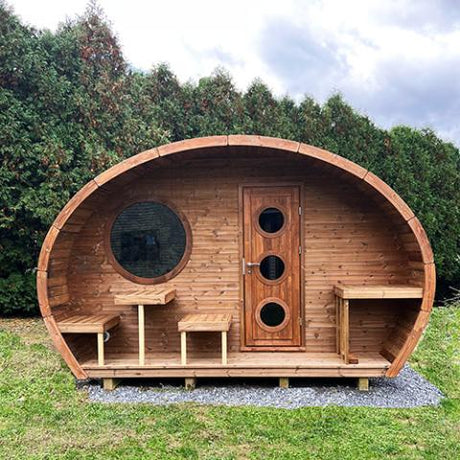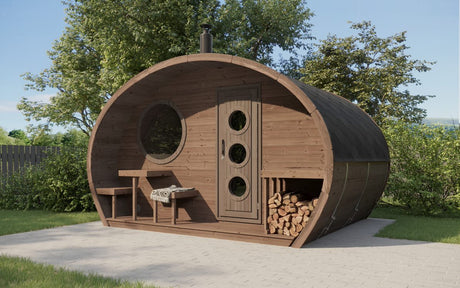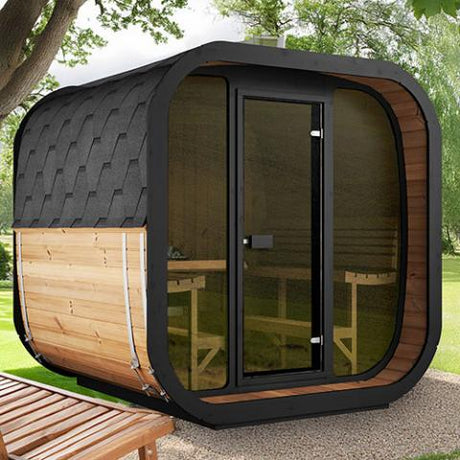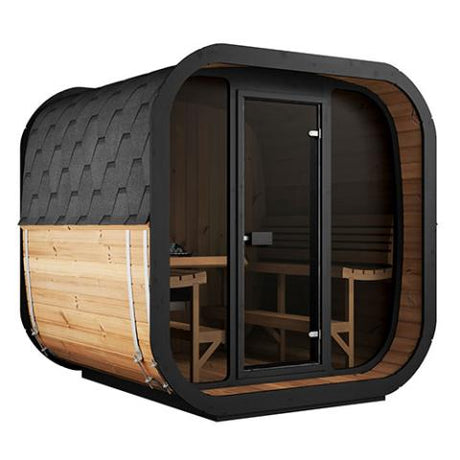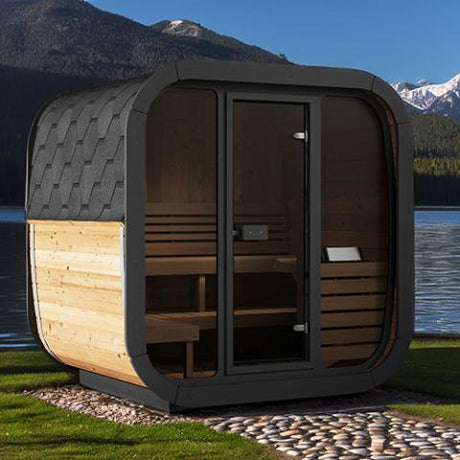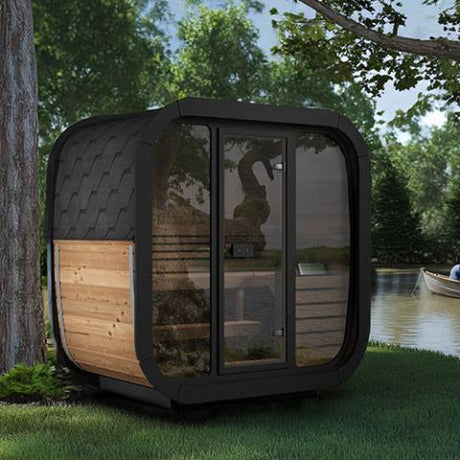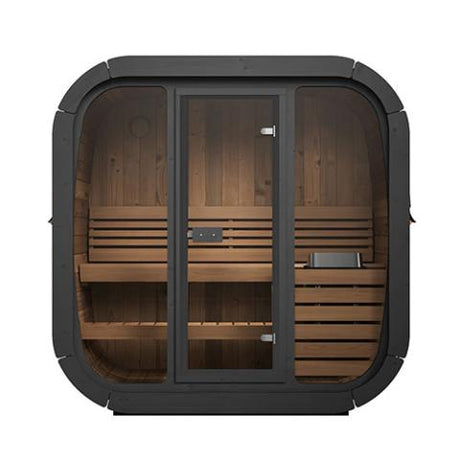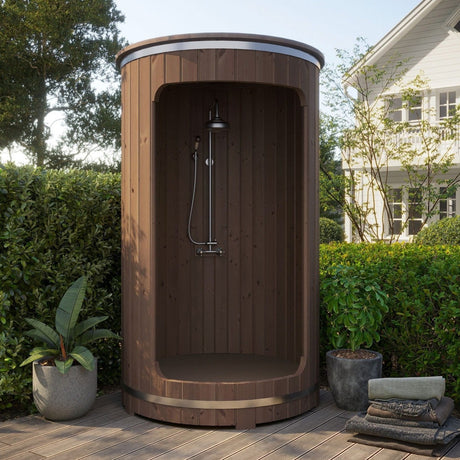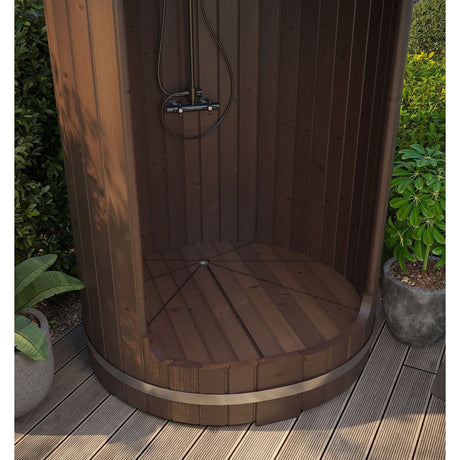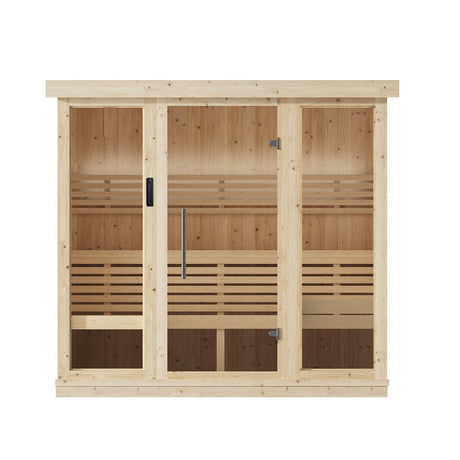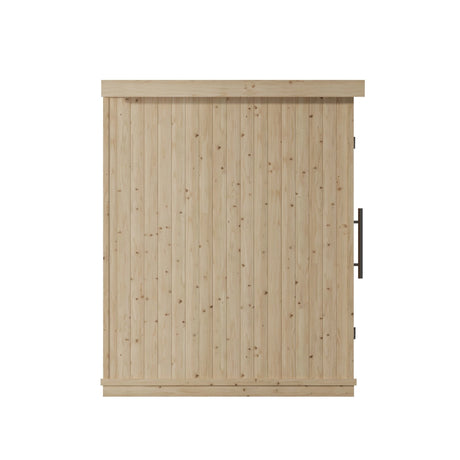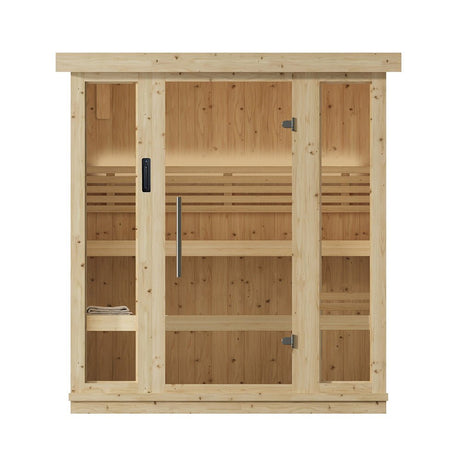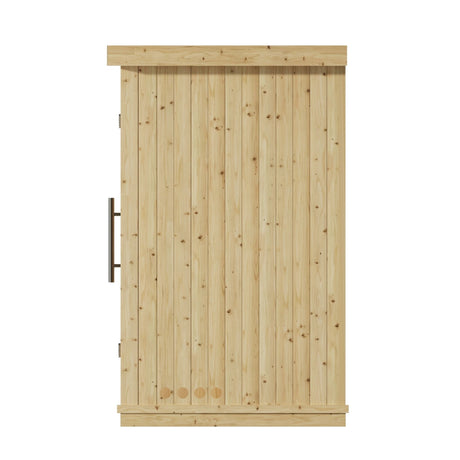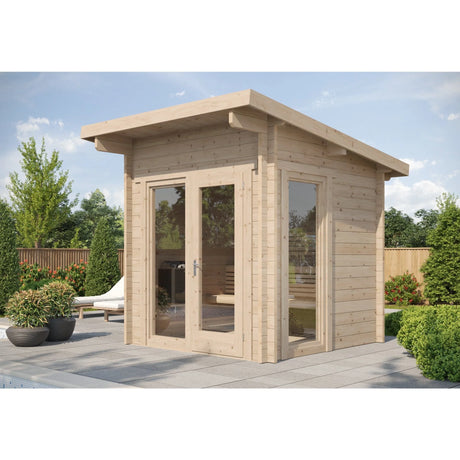Ultimate Sauna Buying Guide: Finding Your Perfect Wellness Retreat
The Therapeutic Journey Through Sauna Use
For centuries, diverse cultures around the world have embraced the healing and restorative powers of saunas. Not only are they a sanctuary for mental relaxation, but they also serve as a potent detoxification tool through the natural process of sweating. This guide will explore various sauna types, including the differences between infrared and traditional saunas, helping you find the ideal choice for your health and relaxation needs.
Understanding Sauna Types: Infrared vs. Traditional
Traditional Saunas: Originating from Northern Europe, traditional saunas are a testament to a time-honored tradition of relaxation. Typically heated using wood, electricity, or gas, these saunas heat the air to high temperatures to induce sweating. Constructed mainly from wood, these spaces offer a rustic ambiance, where humidity levels can be manipulated by sprinkling water on heated stones to create steam.
Infrared Saunas: A modern innovation, infrared saunas utilize infrared heaters to directly warm your body without excessively heating the surrounding air. This technology, which emerged in the mid-20th century, allows for deep heat penetration without the intense ambient heat of traditional saunas, making it a favorite for those sensitive to higher temperatures.
Comparing Sauna Experiences:
Traditional saunas provide a robust heat that is deeply ingrained in sauna culture, offering both a physical and mental detox. In contrast, infrared saunas cater to those preferring a gentler heat, focusing on deep tissue warmth without overwhelming the senses.
Dive Deeper: Exploring Different Sauna Technologies
Electric Saunas: Modern and efficient, electric saunas are known for their straightforward operation and ability to reach desired temperatures rapidly—ideal for both private and commercial settings.
Pros:
- Easy to control with precise temperature settings.
- Quick heating reduces waiting times.
- Capable of both dry and steam sauna experiences.
Cons:
- Higher operational costs.
- May lack the traditional wood-fired sauna ambiance.
Infrared Saunas: These are excellent for those looking for a gentler sauna experience. Operating at lower temperatures, infrared saunas are both energy-efficient and gentle on the body.
Pros:
- Lower energy usage and operating costs.
- Offers health benefits such as improved circulation and pain relief.
- More accessible due to the milder temperatures.
Cons:
- Does not offer a steam option, which some may miss.
- May require longer sessions to achieve the same detoxifying effects as traditional saunas.
Wood-Burning Saunas: For a truly authentic sauna experience, nothing compares to a wood-burning sauna, which uses real firewood to heat the space, creating a unique atmosphere with the pleasant aroma of burning wood.
Pros:
- Provides a traditional sauna experience with rich aromas.
- Includes the unique löyly (steam) experience enhancing relaxation.
Cons:
- Requires more preparation and maintenance.
- Longer heat-up times and consistent attention during use.
Smoke Saunas: The oldest form of saunas, these are heated by a wood stove without a chimney, filling the room with smoke to provide heat before being ventilated.
Pros:
- Deeply authentic with a strong cultural heritage.
- Offers intense heat and unique smoky aroma.
Cons:
- Extensive cleaning needed to manage soot and ash.
- Not suitable for everyone, particularly those with respiratory issues.
Steam Saunas: Also known as steam rooms, these saunas use a steam generator to create a humid environment, beneficial for both respiratory health and skin hydration.
Pros:
- Excellent for skin and respiratory health.
- Provides a relaxing and soothing atmosphere.
Cons:
- Requires frequent maintenance to prevent mold.
- Lower temperatures might not satisfy those who prefer intense heat.
Choosing Your Ideal Sauna: When selecting a sauna, consider what aspects of the sauna experience are most important to you—whether it’s the intense heat of a traditional sauna, the gentle warmth of an infrared model, or the unique atmosphere of a wood-burning stove. Each type offers distinct benefits and experiences, making them suitable for different preferences and needs.
With this comprehensive understanding of sauna types and their respective benefits, you are now equipped to make an informed decision on which sauna will best suit your lifestyle and wellness goals.

